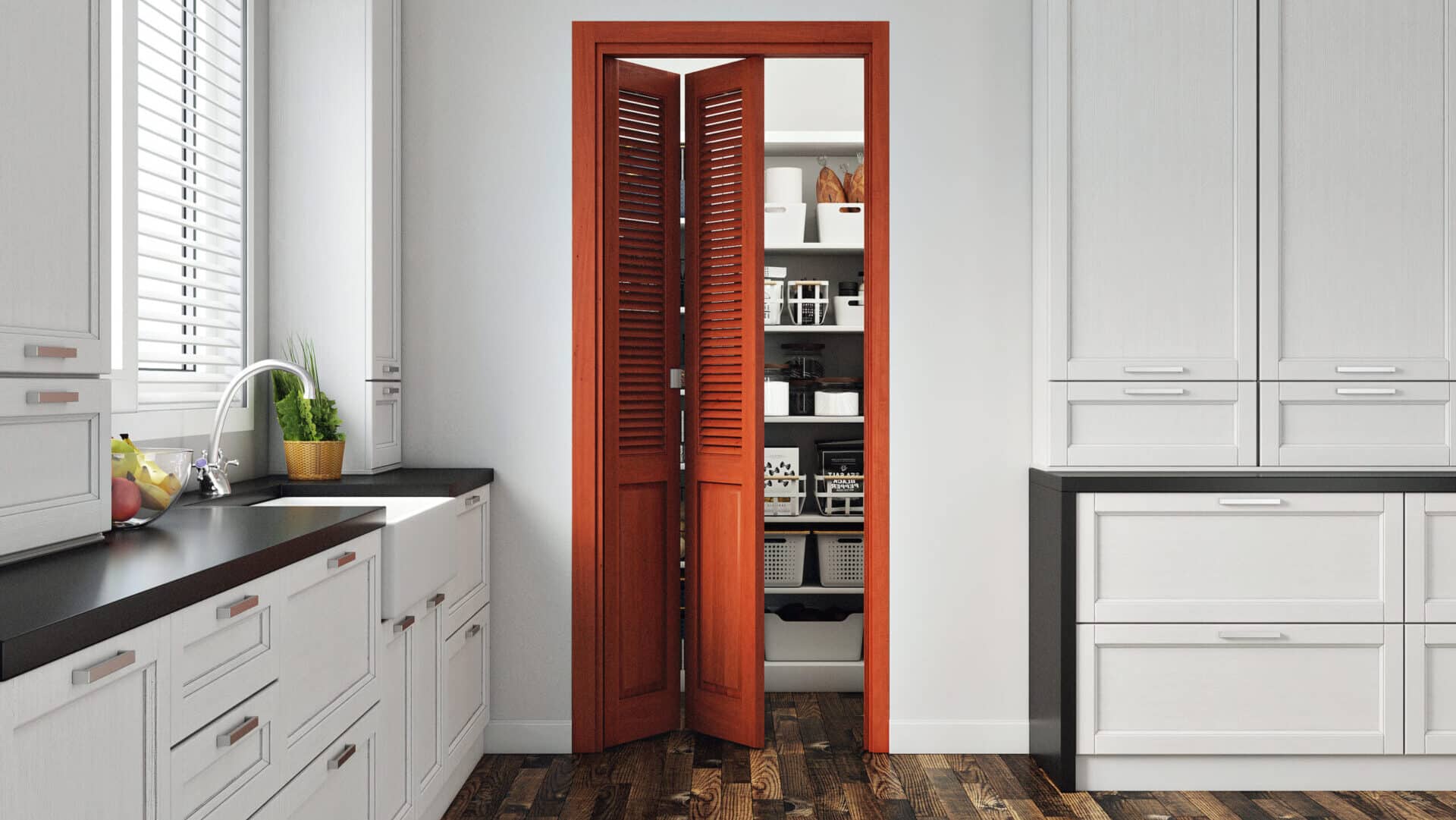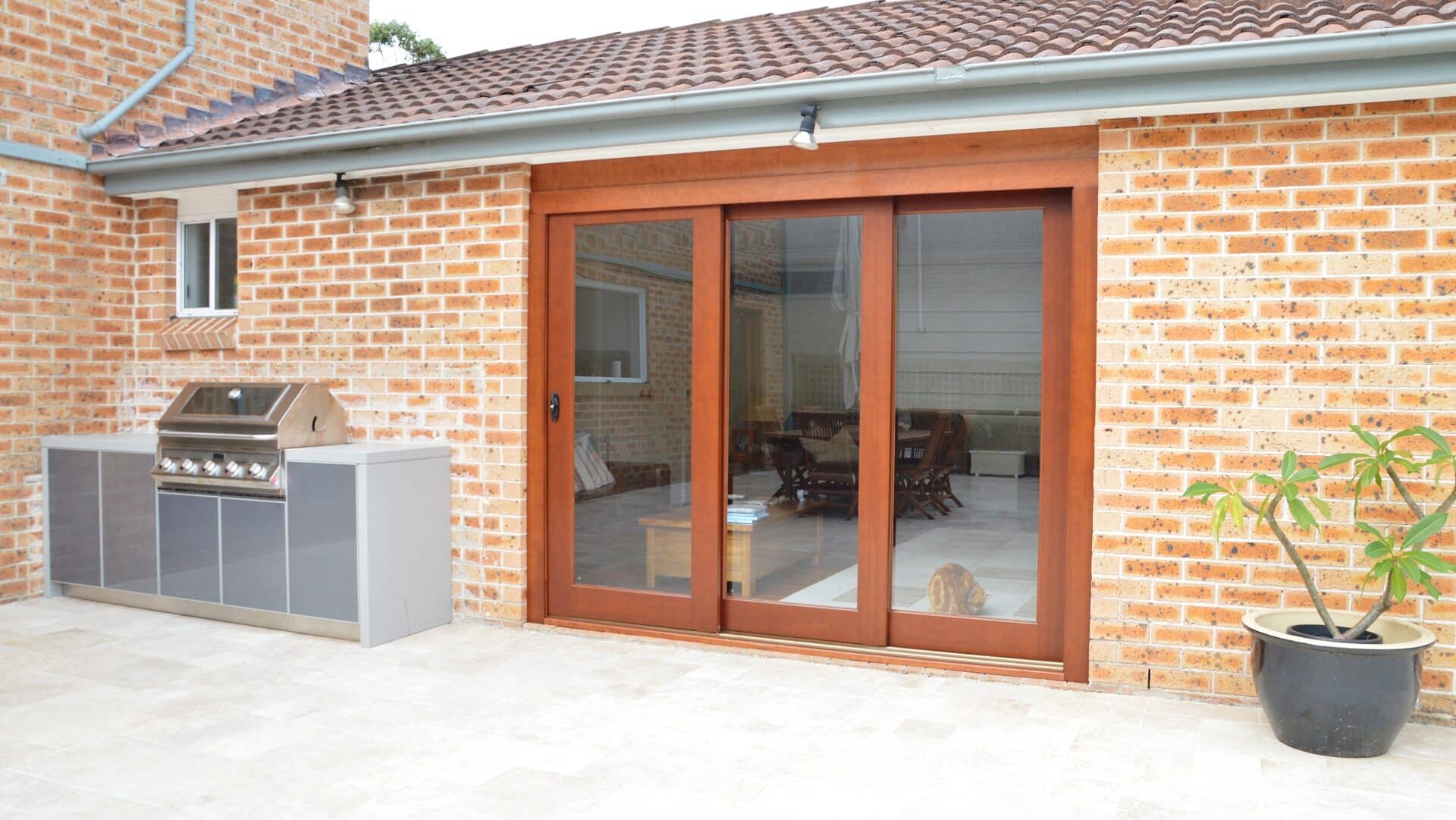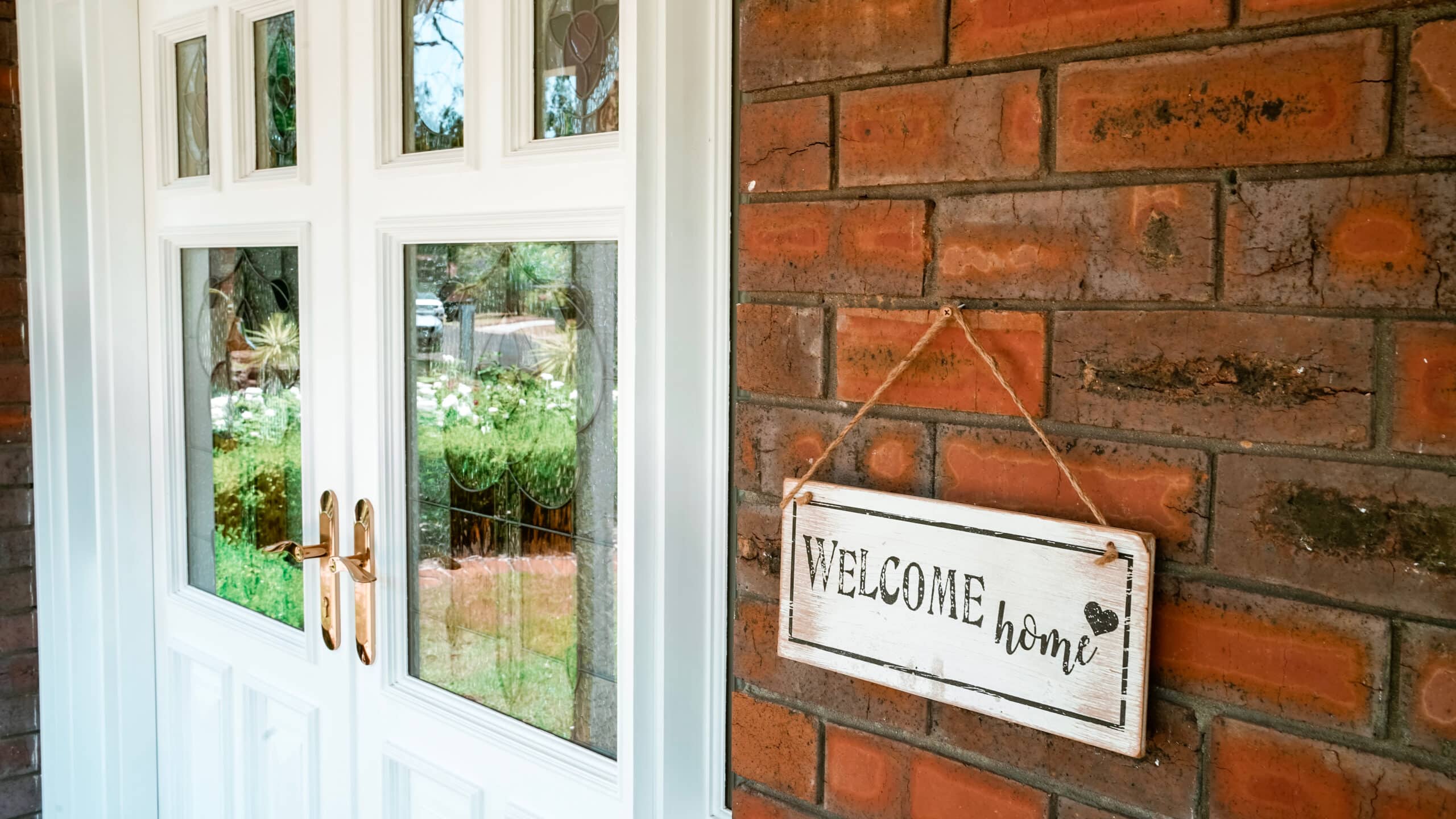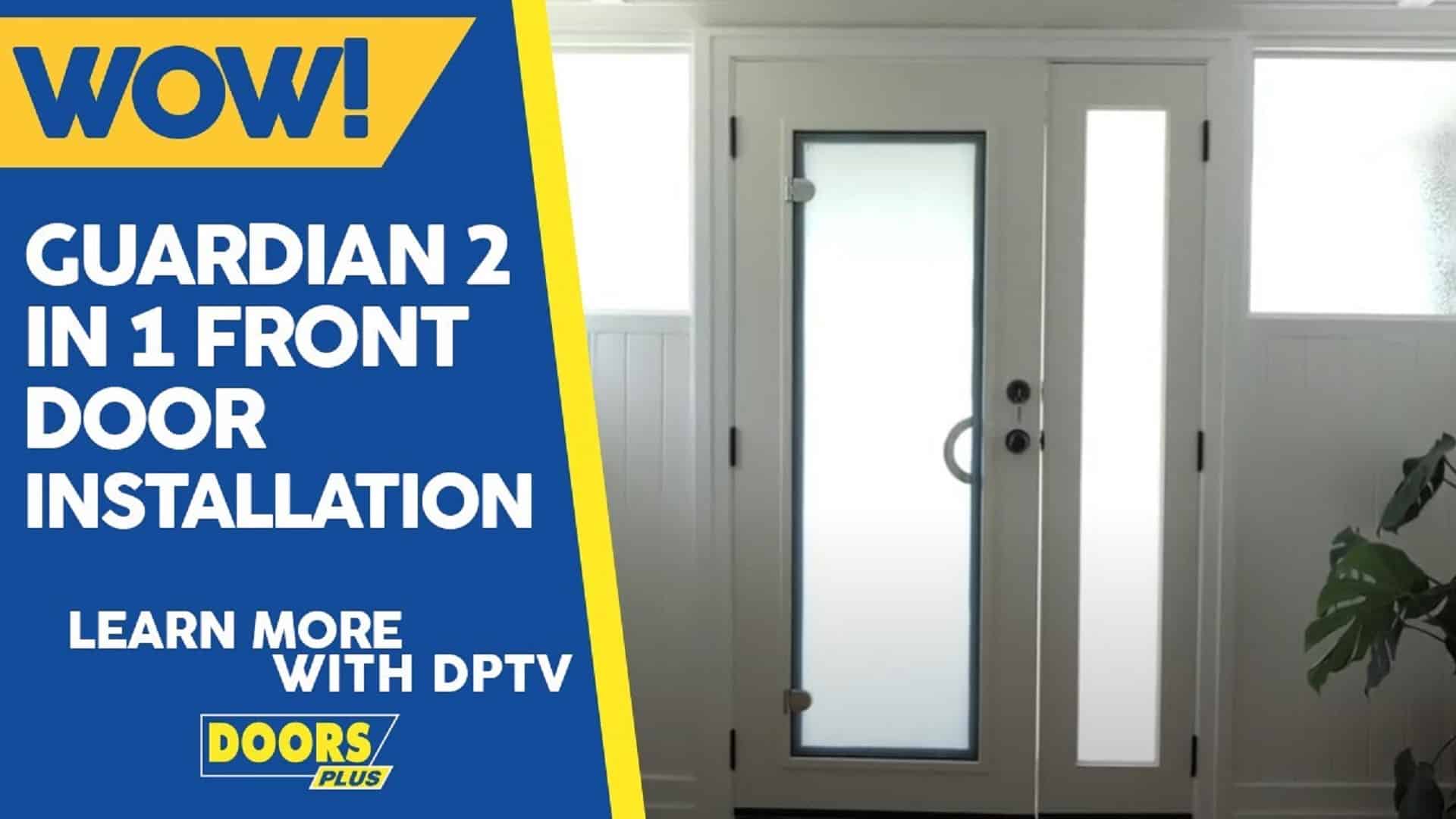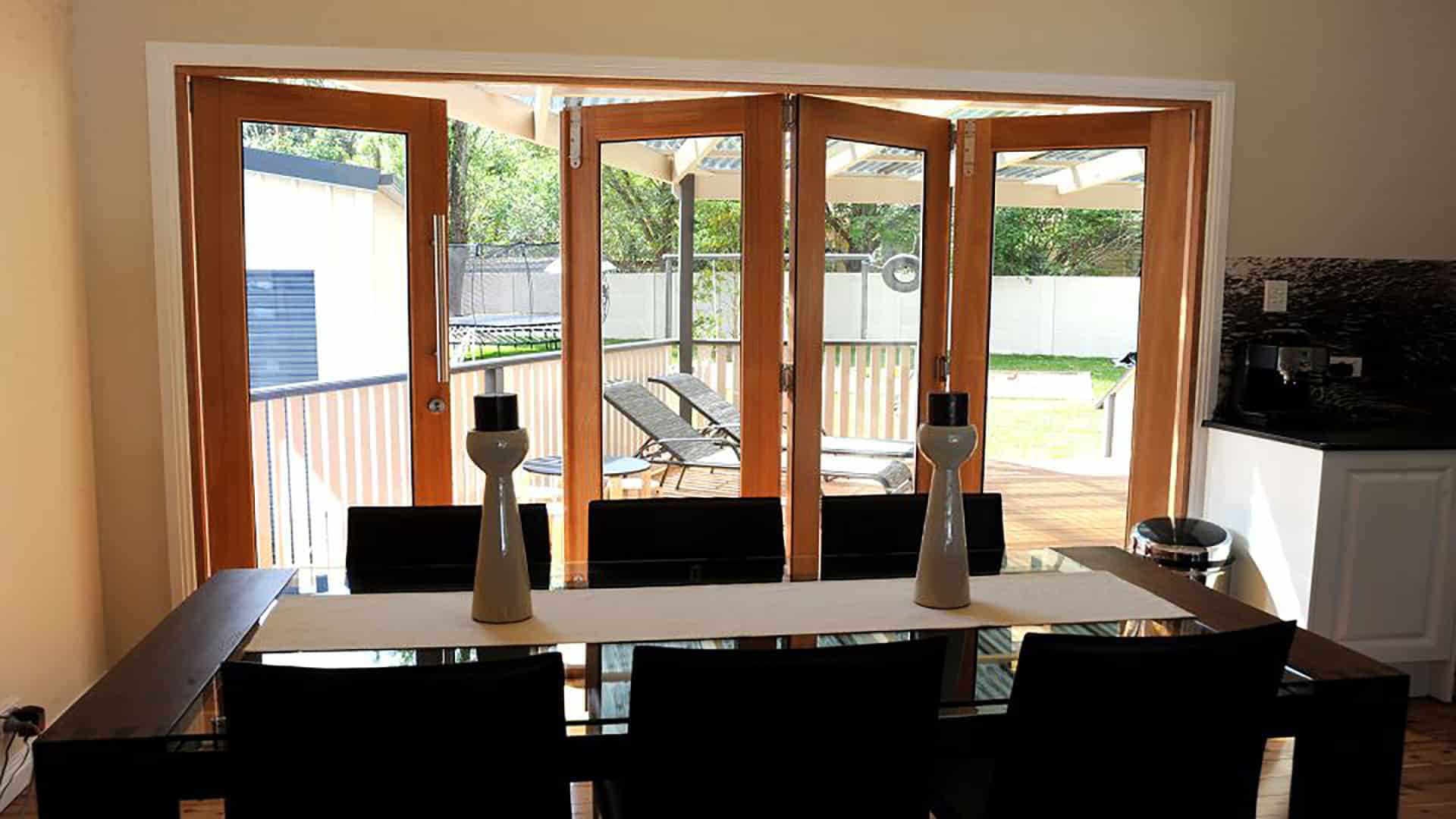How to Insulate an Interior Door
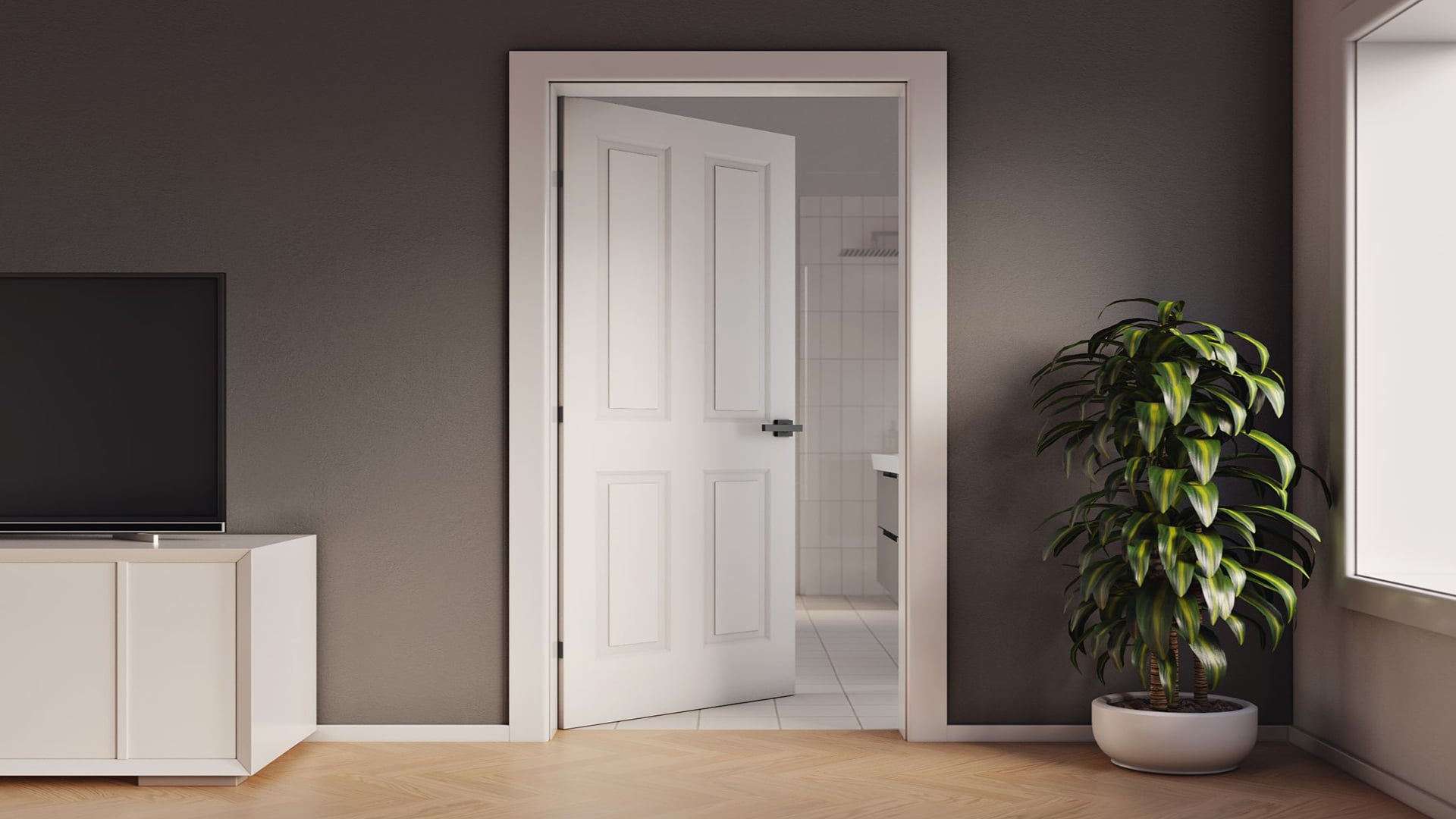
There are several different ways to insulate an interior door, ranging from quick fixes to more intensive DIY jobs.
Any form of door insulation will obviously add to the cost of internal doors, but if you know how to insulate internal doors you can get it done pretty quickly and cheaply, and notice the difference right away.
Of course, you will want to balance insulation performance with the visual aesthetics of your door, so your choice of insulation method might depend on where the door is situated in your home.
You also need to consider what exactly you are trying to insulate against – it could be the odd draught, cold spells at certain times of year, or noise transference between rooms.
Let’s take a closer look at why door insulation might be a good idea for your interior doors, and how to go about it.
Do I Need to Insulate an Interior Door?
Many homeowners in modern Australian homes are now choosing hollow core options for their interior doors because they are practical, cost-effective and can be installed throughout the home.
Budget-friendly hollow doors are made from a honeycomb cardboard core, with a wood veneer or MDF skin.
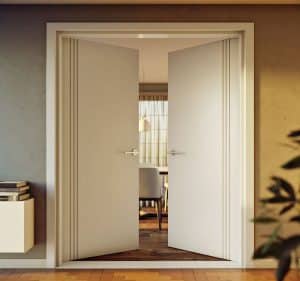
The downside of this lightweight construction is that it does not provide the same level of thermal or sound insulation that you would get from some other types of internal doors, such as engineered timber.
This means that you are likely to get sound travelling between rooms, even when your doors are closed, and it’s harder to regulate the temperature in each living space.
If you have hollow doors, adding some form of door insulation can help to keep your home peaceful and comfortable, as well as keeping your energy bills down!
You don’t necessarily need to insulate every door throughout your home, but you might want to consider door insulation for certain areas – such as a home office, home theatre, and bedrooms.
Fix a Draughty Interior Door
If a draught is your main issue, you may find that a quick and simple fix is the answer.
Before you start exploring how to insulate internal doors, you could try simply adding a door snake to the base of the door to block the draught – this could achieve the same results, without actually adding insulation to the door itself.
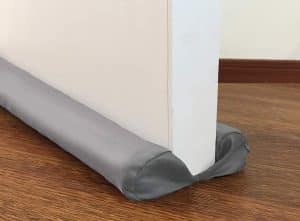
Image Courtesy : dontwasteyourmoney.com
There are many different options and styles of door snakes available to buy online, so you can find one to suit your internal doors sizes and your interior décor.
Alternatively, why not save the money and make your own (using old clothes, or fabric from a charity shop)?:
- Measure the base of the door (and add a few extra cm for seams)
- Measure and cut your fabric to fit (allowing about a 15 cm circumference for the snake)
- Fold the fabric in half and stitch along the long side
- Stich up one end to close
- Stuff with old fabric scraps, dried pulses, or whatever stuffing material you have
- Stitch up the other end to close
Insulate the Back of an Interior Door
If a draught excluder isn’t going to cut it, it can be helpful to know how to insulate internal doors, without actually messing with the door itself.
The easiest approach is to fix or hang something on the back side of your interior door that will boost its insulation performance.
This is effective, but not necessarily the most stylish option.
For internal doors that are a bit more hidden away, like the back of an attic door, this doesn’t really matter.
But if your door insulation is going to be on show, you will also want to think about the visual impact of whatever insulation you choose.
There are two main options here:
Foam Insulation Sheets for Inside Doors
Measure the height and width of your hollow door and cut your foam insulation sheets to size.
Use an epoxy adhesive to glue the sheets to the face of the door and leave for 24 hours before decorating.
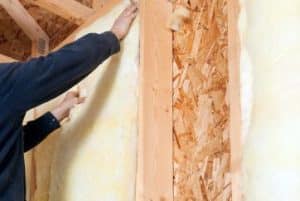 Image courtesy : longhomeproducts.com
Image courtesy : longhomeproducts.com
Hang an Insulated Blanket on Your Door
Like the door snake, this is a quick and easy fix.
Hanging a blanket on the back of a hollow door works particularly well if you live in an area that experiences the odd cold spell.
You can choose a fabric that complements your décor so that it doesn’t look out of place, and it can give the room a cosy and homely feel.
 Image courtesy : Heatertips.com
Image courtesy : Heatertips.com
Insulate the Inside of an Interior Door
The other option requires a bit more DIY know-how – and confidence and risk!
This is the most time-intensive solution but it’s also probably the most effective and long-lasting.
If door insulation is a real problem in your home, it’s worth knowing how to insulate internal doors from the inside out using foam insulation:
Drill Holes in the Door
Start from the bottom of your hollow door and work your way up, drilling holes in the bottom, sides and top of the door. The holes should be about half a metre apart and big enough for a tube or straw to fit.
Spray Insulation Foam into the Door
Spray some foam into each hole, using a straw or tube to help you. The foam will begin to expand immediately, so take care not to over-fill the door. Stop if you see excess foam escaping.
Let Foam Dry
Now leave the foam to expand and dry.
Clean and Remount Door
Wipe away any excess foam and remount the door. (You can read more about how to install internal doors if you need help with this.)
This method unfortunately will void your warranty, so it’s best to opt to replace your doors with Solid doors, to provide better insulation for your home.
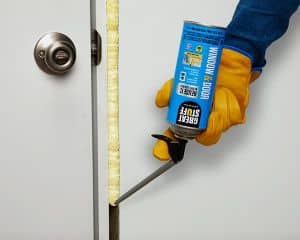 Image courtesy : thecleverhomeowner.com
Image courtesy : thecleverhomeowner.com
Which Inside Door Insulation Method is Best?
If you have hollow doors around your home, taking a few steps to boost their insulation qualities can make a real difference to the comfort and feel of your living spaces.
With better insulation, it’s easier to heat and cool your home through the changing seasons, and to close the door on noise and distractions when you need some peace and quiet.
As you can see, there is a sliding scale of door insulation methods.
You may be able to fix your problem with a quick and simple solution, or it might take a more intensive approach to achieve noticeable results that last.
When choosing the best approach, you should consider the following factors:
- How much time you have for a DIY project
- How much money you are willing to spend
- How much you care about the aesthetics of this particular door
- The specific insulation problem that you are trying to tackle
If you live in an area that just gets a cold snap every now and then, a blanket on the back of the door might do the trick, but if you get a run of harsh winter months every year it’s worth going down the route of replacing hollow doors with solid ones, now that you are aware that adding foam insulation to fill out a hollow door will void your warranty.
For a better understanding of how to insulate internal doors, the pros and cons of a hollow door, and how hollow core doors compare to other materials, you can speak to one of our friendly door experts.

Find your local Doors Plus showroom and drop in for a chat!

